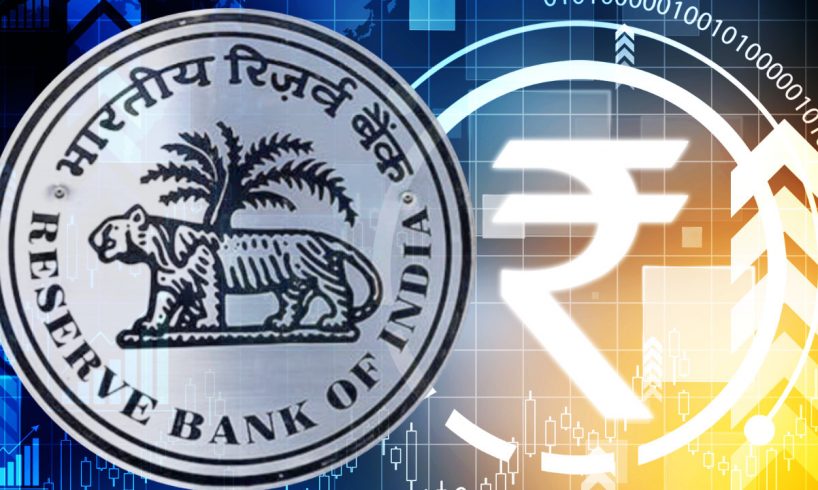
India’s central bank, the Reserve Bank of India (RBI), says a basic central bank digital currency (CBDC) model must be adopted initially and tested comprehensively to minimize the impact on the country’s monetary policy and banking system. The Indian apex bank sees several benefits in launching a digital rupee, including “a potential to enhance the efficiency of cross-border payments.”
RBI Outlines Benefits of Issuing Digital Currency and How to Launch a CBDC With Minimal Impact
The Reserve Bank of India (RBI) released its “Report on Trend and Progress of Banking in India 2020-21” Tuesday. The 248-page report has a section on central bank digital currency.
“In its basic form, a central bank digital currency (CBDC) provides a safe, robust, and convenient alternative to physical cash,” the Indian central bank described, adding that “Depending on various design choices, it can also assume the complex form of a financial instrument.” The RBI continued:
In comparison with existing forms of money, it can offer benefits to users in terms of liquidity, scalability, acceptance, ease of transactions with anonymity and faster settlement.
The Indian central bank noted that there are “crucial questions” about the design of a central bank digital currency that must be answered before introducing it. For example, one issue is “whether the CBDC would be general purpose and available for retail use (CBDC-R), or would it be for wholesale use (CBDC-W).”
The RBI stressed that “in a country like India, the decision about distribution architecture, i.e., whether CBDC would be issued directly by the central bank or through commercial banks, needs to be carefully weighed.”
Noting that gauging the magnitude of issuance and distribution will help identify “the appropriate underlying technology best suited to handle such operations,” the apex bank detailed:
Given its dynamic impact on macroeconomic policy making, it is necessary to adopt basic models initially, and test comprehensively so that they have minimal impact on monetary policy and the banking system.
In discussing the role of a central bank digital currency in cross-border transactions, the RBI stated that “Introduction of the CBDC has a potential to enhance the efficiency of cross-border payments and may provide an alternative to correspondent banks, going forward.” The report elaborates:
India’s progress in payment systems will provide a useful backbone to make a state-of-the-art CBDC available to its citizens and financial institutions.
Meanwhile, RBI Governor Shaktikanta Das has repeatedly said that the central bank has serious and major concerns regarding cryptocurrency. At its recent meeting of the central board of directors, the RBI called on the Indian government to impose a complete ban on cryptocurrency, stating that a partial ban will not work. Nonetheless, the government is reportedly planning to regulate crypto assets with the Securities and Exchange Board of India (SEBI) as the main regulator.
Tags in this story
central bank digital currency, commercial banks, digital currency launch, digital rupee, impact banking system, impact monetary policy, india central bank, Indian digital currency, RBI, rbi digital currency, Reserve Bank of India
What do you think about the RBI’s comments on CBDC? Let us know in the comments section below.
Kevin Helms
Image Credits: Shutterstock, Pixabay, Wiki Commons
Disclaimer: This article is for informational purposes only. It is not a direct offer or solicitation of an offer to buy or sell, or a recommendation or endorsement of any products, services, or companies. Bitcoin.com does not provide investment, tax, legal, or accounting advice. Neither the company nor the author is responsible, directly or indirectly, for any damage or loss caused or alleged to be caused by or in connection with the use of or reliance on any content, goods or services mentioned in this article.
More Popular NewsIn Case You Missed It
















